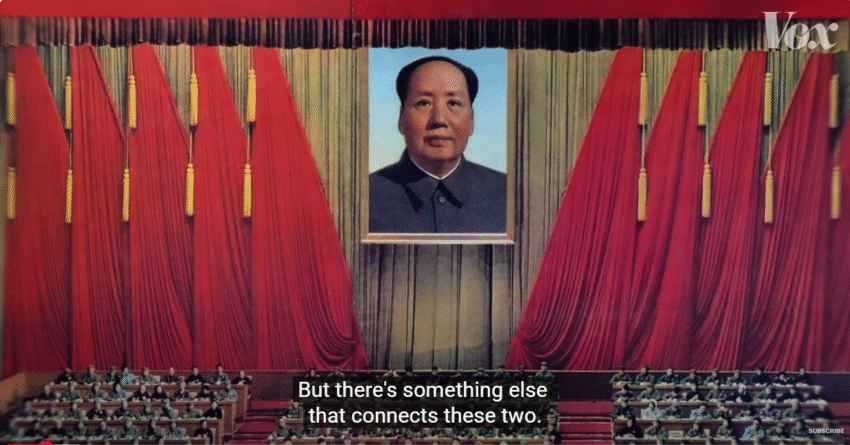Here’s a clear and concise explanation of the rise of Xi Jinping, how he became China’s most powerful leader in decades, and what it means for China and the world:
🇨🇳 The Rise of Xi Jinping, Explained

👦 Early Life & Background
- Born in 1953 in Beijing, Xi Jinping is the son of Xi Zhongxun, a veteran revolutionary and former vice premier under Mao Zedong.
- His family was purged during the Cultural Revolution, and Xi was sent to do hard labor in a rural village—a time that shaped his resilience and political toughness.
- He studied chemical engineering at Tsinghua University, then entered politics through party ranks, starting in the provinces.
📈 Climbing the Political Ladder
- Xi steadily gained experience in regional leadership, known for being low-profile, disciplined, and loyal to the Communist Party.
- Held key positions in Fujian, Zhejiang, and Shanghai, where he developed a reputation for cracking down on corruption and promoting economic growth.
- By 2007, he joined the Politburo Standing Committee—China’s most powerful decision-making body.
🏛️ Becoming China’s Top Leader
- In 2012, Xi was named General Secretary of the Communist Party, effectively becoming China’s top leader.
- In 2013, he became President of China and Chairman of the Central Military Commission—completing control of the party, state, and military.
🔧 Key Strategies of His Rule
1. Anti-Corruption Campaign
- Launched a massive anti-corruption drive, punishing over a million officials, including high-ranking party elites.
- Widely popular among the public, but also seen as a way to eliminate political rivals.
2. Centralizing Power
- Broke from the norm of collective leadership.
- In 2018, China removed presidential term limits, allowing Xi to rule indefinitely—making him the most powerful Chinese leader since Mao Zedong.
3. Economic & Global Ambitions
- Rolled out Belt and Road Initiative (BRI) to expand China’s global influence.
- Focused on transforming China into a technological and military superpower.
- Prioritized “common prosperity”, a shift toward economic equality.
4. Tightening Control at Home
- Stronger internet censorship, surveillance, and ideological control.
- Crackdowns in Hong Kong, on ethnic minorities (like Uyghurs), and on tech giants and private business.
🌐 Xi on the World Stage
- Promotes an image of a strong, unified China unwilling to bow to Western pressure.
- Increasingly confrontational foreign policy—often called “wolf warrior diplomacy.”
- Faces tensions with the U.S., EU, and neighboring countries over trade, Taiwan, and the South China Sea.
👑 Legacy and What’s Next
- Xi Jinping has rewritten the rules of Chinese leadership:
- No clear successor.
- Power concentrated in his hands.
- Cult of personality reminiscent of Mao.
As of now, Xi shows no sign of stepping down, and his decisions are shaping not only China’s future—but the global order.
Want a visual timeline, a classroom summary, or a social media-friendly version of this?
